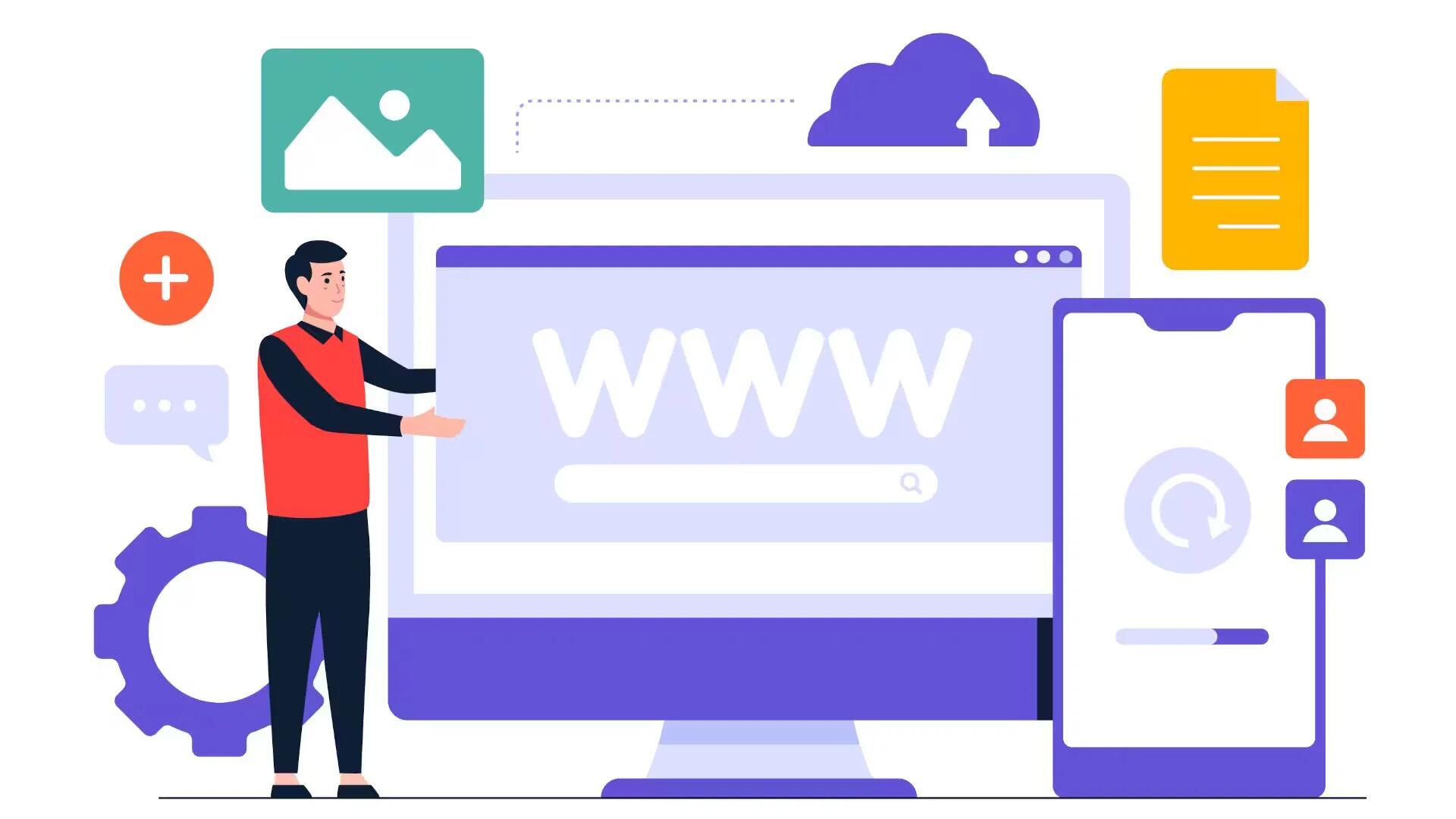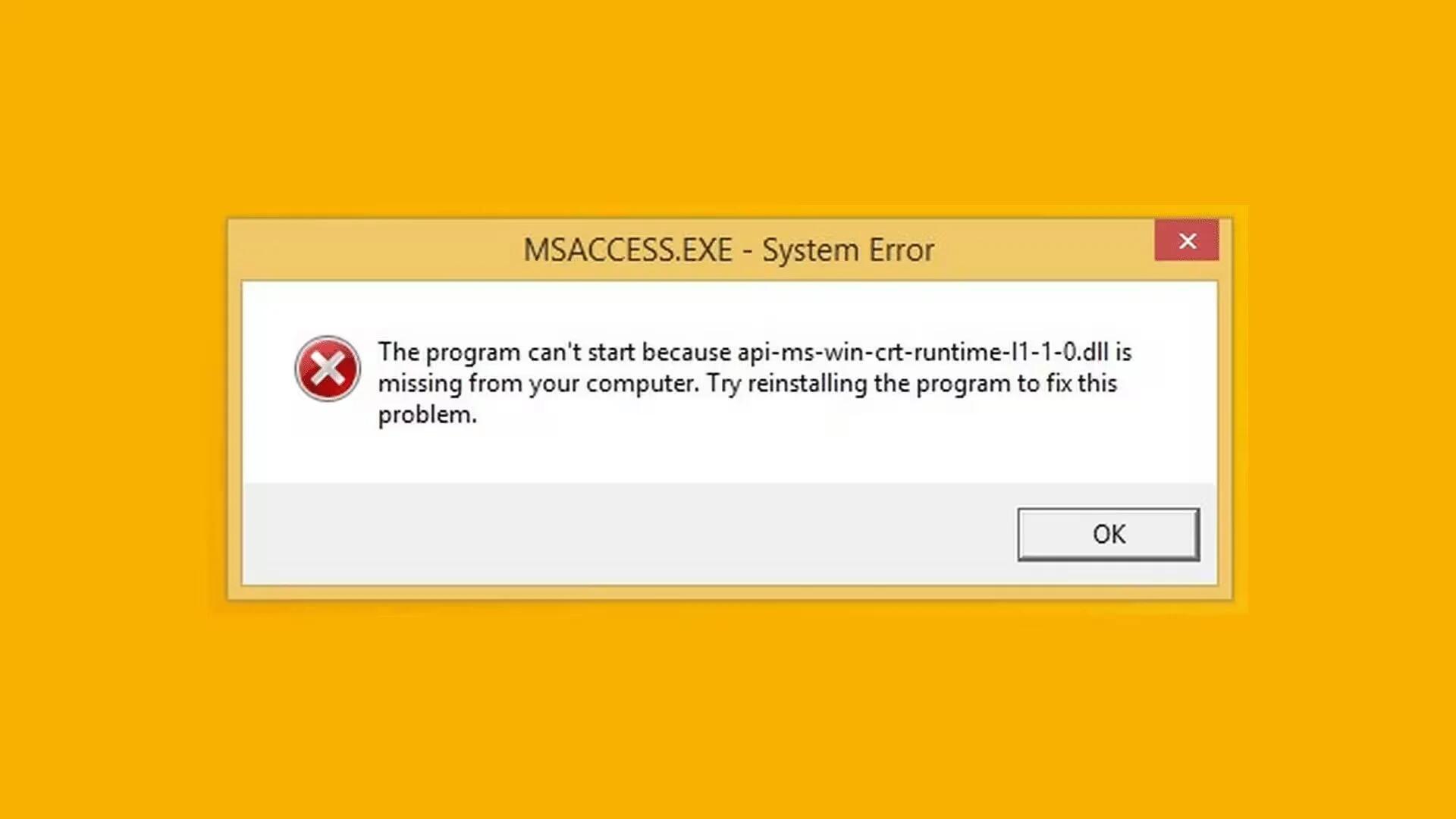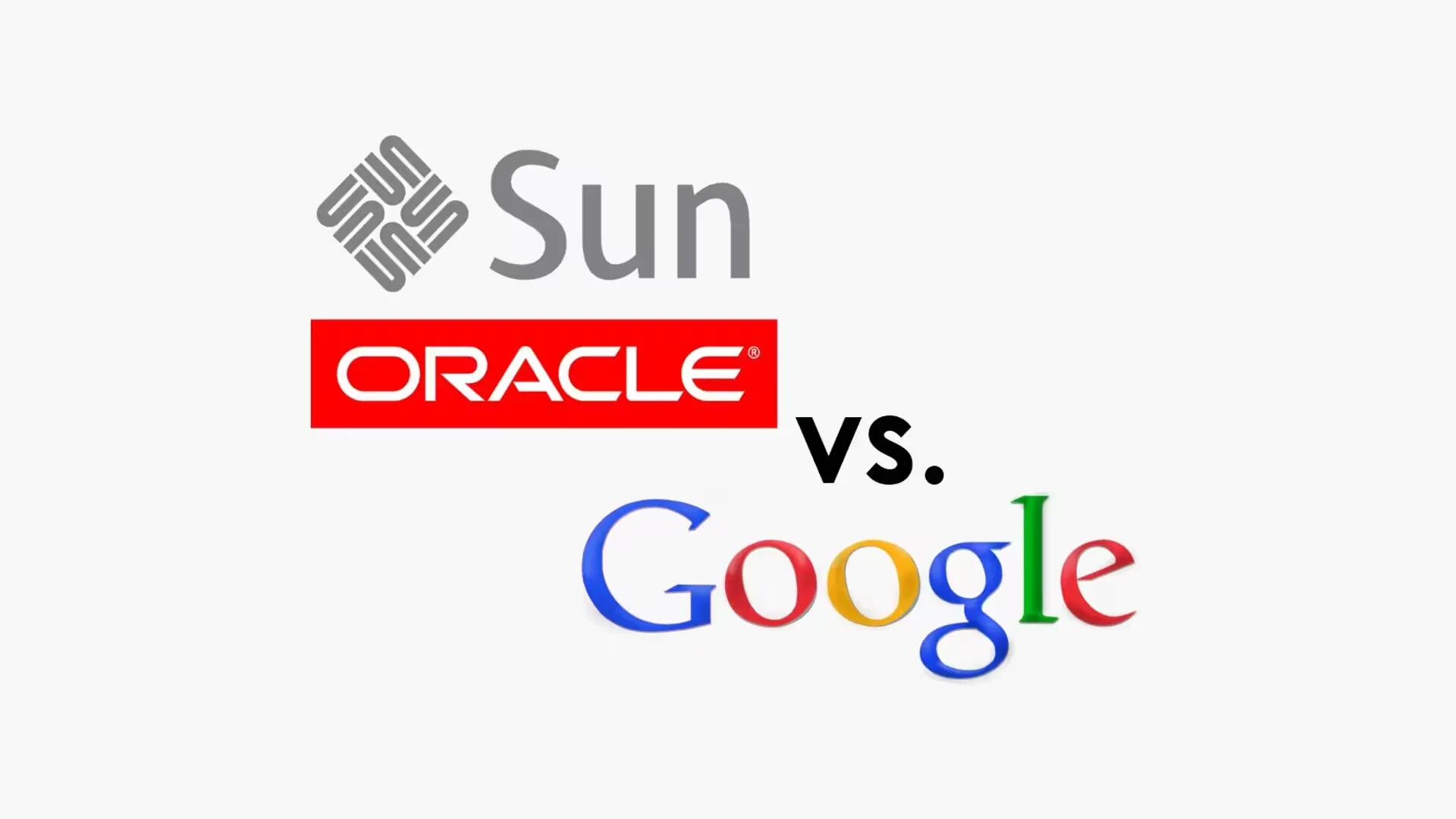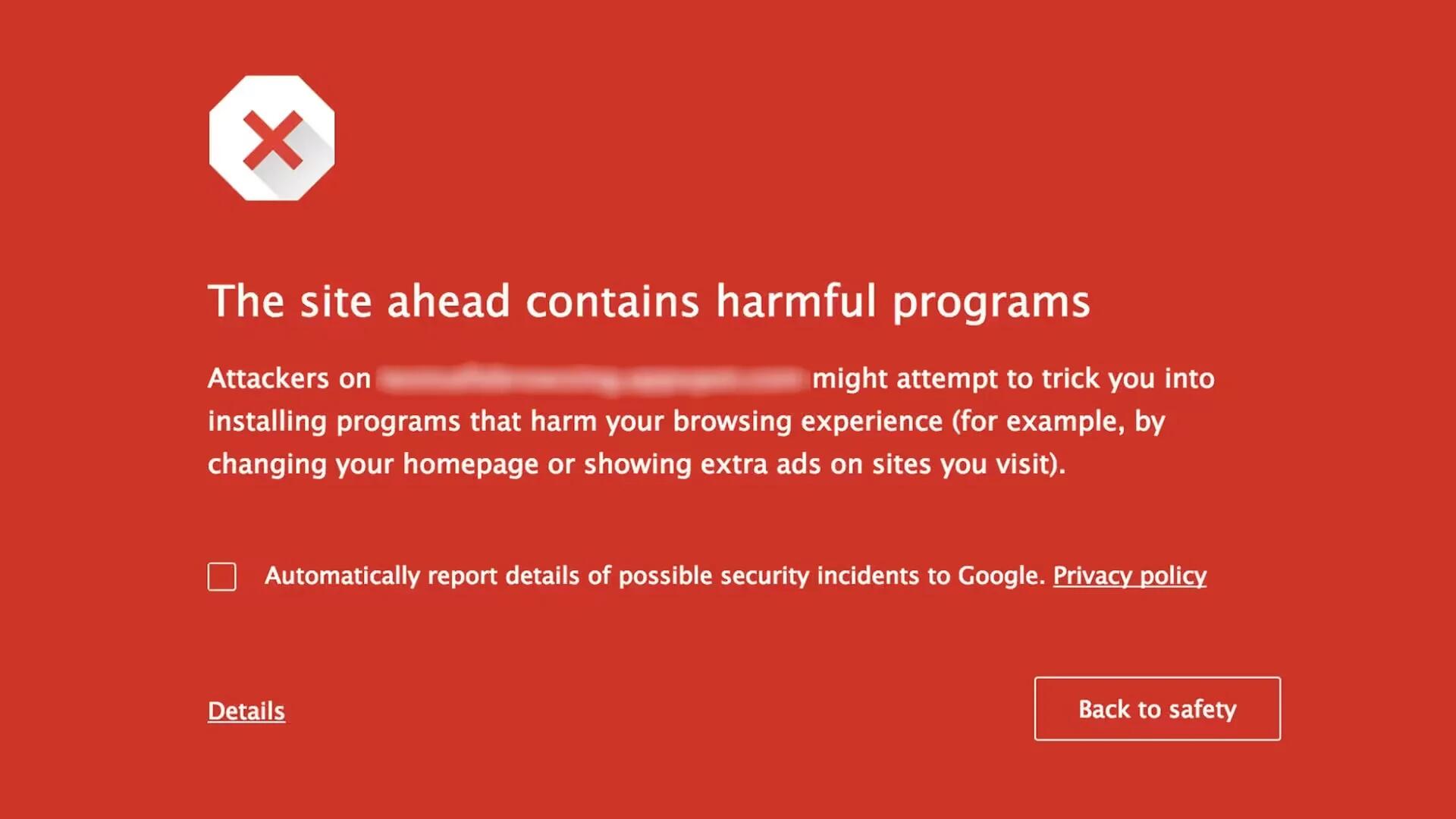Search results for: “api”
-

Reverse WHOIS API in Brand Protection: Safeguarding Online Reputations
The integration of the reverse WHOIS API into brand protection not only provides a safety net against reputation damage but also fosters a more resilient and trusted brand image in the digital world.
-

How to Fix api-ms-win-crt-heap-l1-1-0.dll Error?
Here are simple fixes you can apply to resolve “api-ms-win-crt-heap-l1-1-0.dll” error when running certain software or games.
-

Samsung Galaxy S11 is rumored to have a 108-megapixel camera with 5x optical zoom
According to a recent report from South Korean tech news outlet The Elec, the Galaxy S11 series will debut with a 108-megapixel camera with 5x optical zoom.
-

Samsung announces 64-megapixel and 48-megapixel image sensors
Samsung announced two new sensors for its 0.8-micrometer(μm) image sensor lineup with 64MP ISOCELL Bright GW1 and 48MP ISOCELL Bright GM2 that allows vibrant ultra-high resolution mobile photography.
-

Samsung will soon launch SDK and API for its Bixby voice assistant to help third-party developers
Samsung will launch SDK and API for Bixby at the Samsung Developer Conference in November, which will allow third-party developers to build apps for its smart voice assistant.
-

Jury Rule In Favor Of Google, Says Oracle Java API’s In Android Are Fair Use
A San Francisco jury ruled in favor of Google in the latest round of legal battle with Oracle over the use of Java class library APIs in Android.
-

Rumor: iPhone 6S Will Have Five-Element 12 Megapixel Camera
According to recent reports, the iPhone 6s will have a five-element 12-megapixel rear camera allowing it to capture higher-quality photos than the iPhone 6.
-

Google Allows Third Parts Apps To Use Their Safe Browsing API To Block Malware
Today Google publicly released their Safe Browsing API and database of malware and phishing data to developers to use in their apps to bolster their own security measures.
-

Android Wear Gets Lollipop Update With Watch API And More
It looks like yesterday’s rumor was right. Google has now announced the Android 5.0 Lollipop update for its Wear smartwatch platform, which will be rolling out to all Android Wear devices in the next week.
-

HTC New Rapid Charger 2.0 Is 40% Faster
The HTCs new Rapid Charger 2.0 comes with a wall adapter leans on Qualcomms Quick Charge 2.0 to fill your power pack up to 40% faster.
-

App.net Gives Users 10GB Of Cloud Storage, File API To Set Social Data Free
The official company blog of App.net reveals that it sighs higher than messaging; it provides ad-free alternative to Twitter, it runs out App.net
-

Samsung Galaxy A16 5G Shocks with 6 Years of Updates and Massive Storage Expansion – Is This the Budget Phone to Beat?
Samsung Galaxy A16 5G debuts with six years of software updates, 50MP camera, IP54 rating, 1.5TB microSD support, and more. Is this the budget phone to beat?
-

Why Halo’s Switch to Unreal Engine 5 Could Be a Game-Changer for the Series
The Halo franchise is transitioning to Unreal Engine 5 to enhance its graphics and gameplay, following past engine limitations. This change aims to streamline development, improve cross-platform performance, and leverage technologies like Nanite for detail and Lumen for dynamic lighting. 343 Industries plans to create more immersive and dynamic experiences while maintaining Halo’s core identity.
-

Smart Contracts 101: How Blockchain Is Changing Legal Landscapes
Understand the basics of smart contracts and discover how blockchain technology is revolutionizing legal frameworks and business operations. Read on for an in-depth exploration into this transformative technology.
-

Adapting to New Norms: How Microsoft Office is Empowering Remote Work
Explore how Microsoft Office is enhancing remote work with new features in Teams, SharePoint, and Office 365, designed to boost productivity and collaboration across distributed teams.
-

Feature Face-Off: Fitness Tracker vs. Smartwatch – Which Should You Wear?
Explore our in-depth comparison of fitness tracker vs. smartwatch features to decide which wearable tech suits your lifestyle. From health monitoring to connectivity, find out which device wins.
-

Machine Learning Demystified: Practical Uses and Benefits
This article also touches on the ethical considerations and the importance of responsible deployment. Discover machine learning’s transformative impact on our daily lives and industries.
-

Top 5 Linux Distributions Optimized for Gaming Performance
Unlock the full potential of gaming on Linux with our comprehensive review of the top 5 distributions fine-tuned for superior performance. Find your perfect gaming OS today!